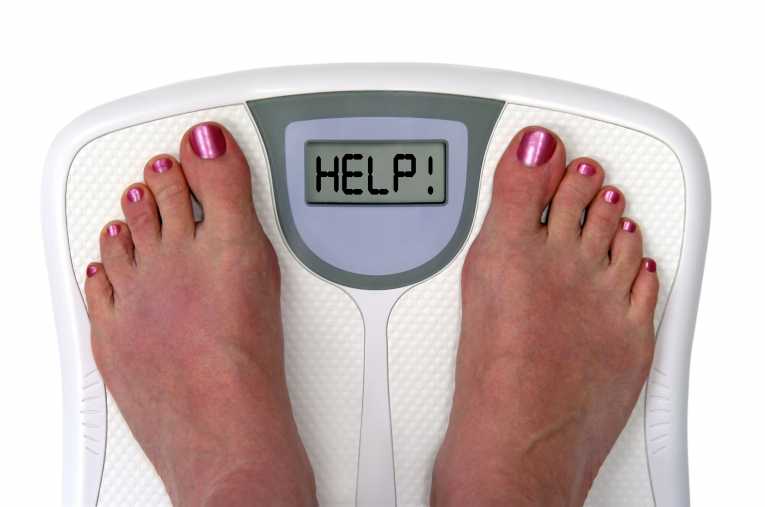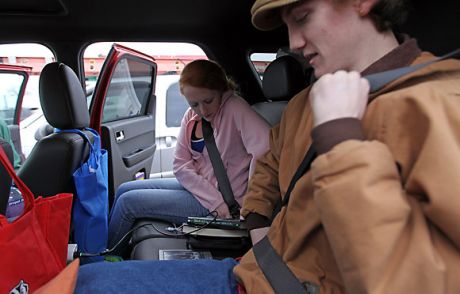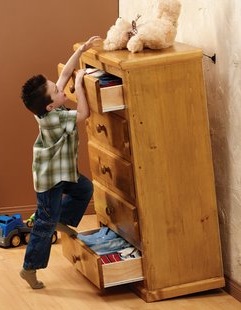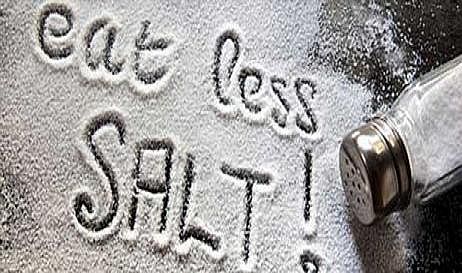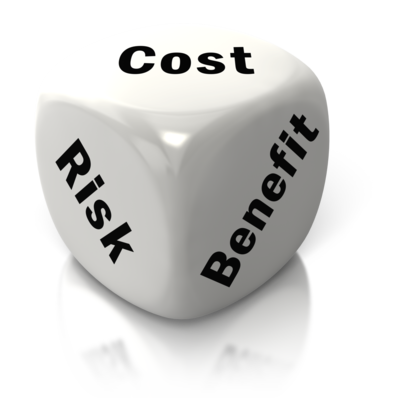 Whether out of economic need or simply a desire to continue working, many baby boomers aren’t leaving their jobs anytime soon.
Whether out of economic need or simply a desire to continue working, many baby boomers aren’t leaving their jobs anytime soon.
In fact, many workers 55 and older are staying in the workforce. By year’s end their numbers will surpass those who are aged 25 to 34. And the trend is expected to continue for the foreseeable future — until 2020.
via Older Workers To Outnumber Younger Employees For The First Time.



